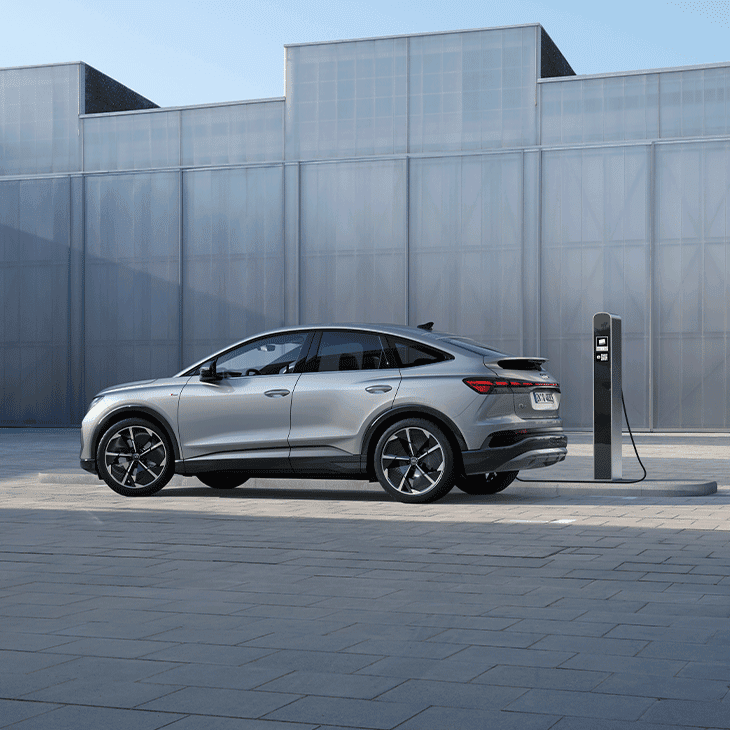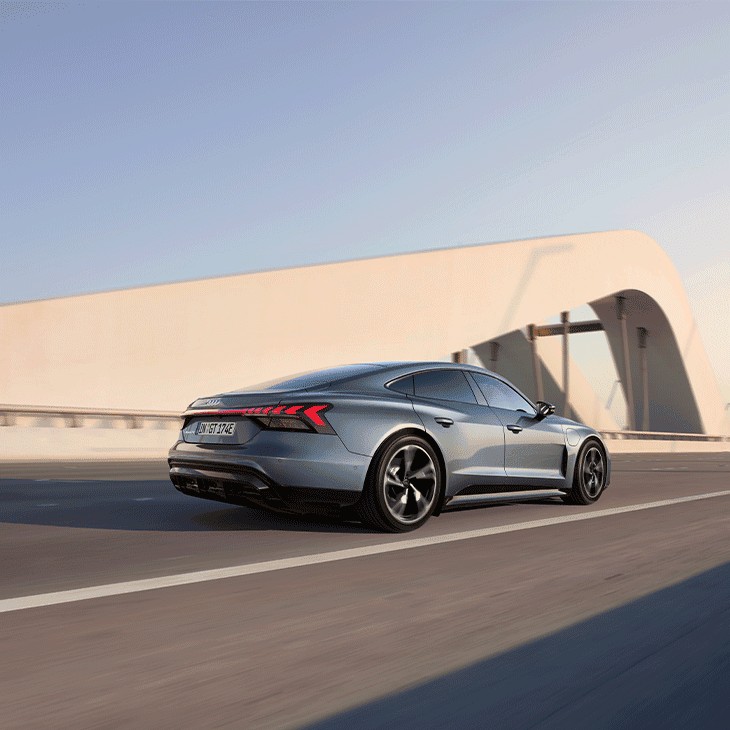Worldwide Harmonised Light-Duty Vehicles Test Procedure (WLTP)
The Worldwide Harmonised Light-Duty Vehicle Test Procedure (WLTP) is a laboratory test designed to measure the fuel consumption, emissions, range and electric consumption of vehicles. The test uses a standardised cycle and conditions to provide more accurate and comparable results between different vehicles, and is more realistic than the previous test (NEDC). However, it's important to note that the WLTP does not precisely replicate real-world driving conditions.
WLTP explained on video.
This video will show you the important facts for the WLTP measuring technique.
WLTP and Electric Vehicle Range
The WLTP test measures the electric range of a vehicle with a standardised test consisting of 4 different phases, with varying levels of acceleration, deceleration, and stops. The test is conducted with a fully charged battery and all electrical equipment turned off. For an electric vehicle (BEV), the electric range is derived from a WLTP test procedure in which the vehicle will travel over dynamic and constant speed segments until the battery is fully discharged. For a plug-in hybrid electric vehicle (PHEV), the AER (All Electric Range) is determined by the distance travelled in the WLTP until combustion engine starts for the first time. It is important to note that the on-board energy consumption computer in electric vehicles calculates the expected range based on previous driving behaviour and conditions. It provides feedback on energy usage and predicted range, helping drivers optimize range and efficiency by adjusting their driving style. Actual range may vary due to individual driving habits and external factors. The choice of wheels significantly impacts the expected range of an electric vehicle. Different wheel types, such as larger or more aerodynamic designs, can affect efficiency and energy consumption. Wider wheels may reduce range due to increased rolling resistance, while smaller or more aerodynamic wheels maximize range by minimizing drag. When evaluating an electric vehicle's range, it's crucial to consider wheel selection for optimal balance between aesthetics, performance, and desired range.
Will WLTP end the discrepancy between the laboratory test and on-road performance of cars?
While the WLTP provides a more realistic representation of on-road conditions compared to the old NEDC lab test, it cannot account for all variations. Different drivers have unique driving styles, such as varying acceleration, cornering, and braking habits. Additionally, driving conditions like traffic and weather differ between countries. Due to these factors, there will still be a difference between laboratory measured values and those encountered in the real world. However, standardised lab tests are essential for directly comparing emissions and fuel consumption across different car models and manufacturers since there is no single real-world emission value.


